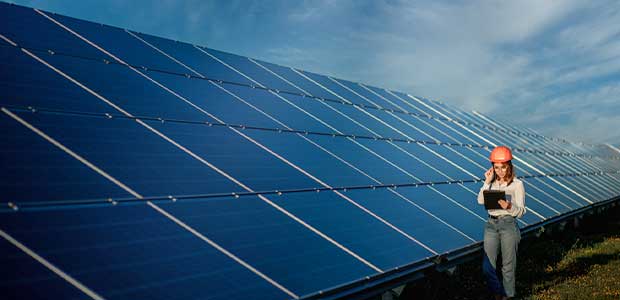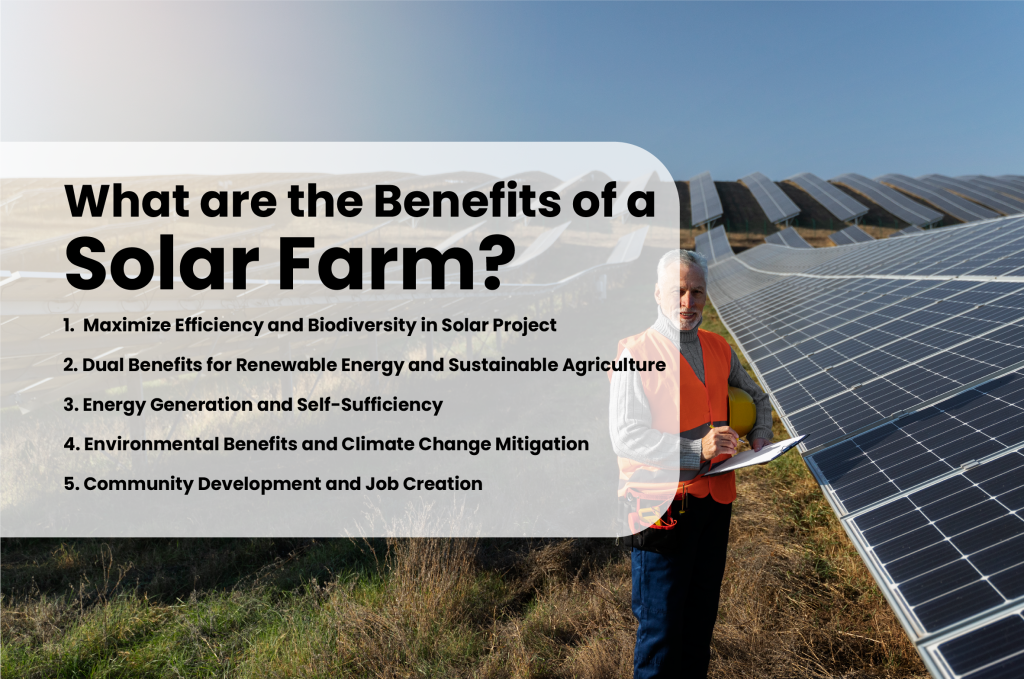Cut Down Energy Bills with Simply Solar Illinois – Learn About Your Choices
Solar Power 101: A Novice's Overview to Sustainable Power Solutions
As the globe progressively shifts towards sustainable energy solutions, comprehending the basics of solar power becomes essential for both people and services. By exploring the benefits of solar modern technology, together with the economic incentives and installment procedures, one can get a more clear perspective on how to successfully incorporate this eco-friendly resource right into their power method.
Comprehending Solar Power
At its core, understanding solar power involves comprehending the essential principles of just how sunlight can be converted into usable electricity. Solar power is stemmed from the sunlight's radiation, which can be harnessed via different innovations. The primary device for this conversion is the photovoltaic result. This sensation takes place when sunshine strikes semiconductor materials, commonly silicon-based, within solar cells. The power from the sunlight excites electrons in the semiconductor, permitting them to flow easily and generate direct existing (DC) electricity.

Comprehending solar power additionally involves identifying its environmental advantages. By using sunshine, we can reduce greenhouse gas exhausts and reduce air pollution, adding to a more lasting future. The innovations in modern technology and effectiveness of planetary systems remain to boost their practicality, making solar power a progressively eye-catching alternative for international power demands.
Kinds of Solar Energy Equipments
Different kinds of solar power systems are generally used to harness solar power for electricity generation. The key classifications consist of solar (PV) systems, concentrating solar energy (CSP) systems, and solar thermal systems.
Photovoltaic systems use solar panels made up of silicon cells that convert sunshine straight into power. These systems are flexible and can be installed on roofs, ground mounts, or incorporated right into building products.
Concentrating Solar energy systems, on the various other hand, utilize mirrors or lenses to focus sunlight onto a little location, generating warm that drives a steam wind turbine to create electrical power - Simply Solar Illinois. CSP systems are usually released in large-scale power plants and call for straight sunshine, making them much less appropriate for over cast regions

Each kind of solar power system has its unique characteristics, applications, and suitability depending upon geographic location, energy requirements, and budget plan, making it important to evaluate choices based on certain circumstances. - Simply Solar Illinois

Benefits of Solar Energy
Taking advantage of solar power with different systems not only provides a lasting method to produce electrical energy however likewise offers a multitude of advantages. Among one of the most substantial benefits is the reduction in greenhouse gas emissions, adding to a cleaner setting and combating climate change. Solar power is eco-friendly, indicating it is limitless and available as long as the sunlight radiates, unlike fossil fuels, which are limited and diminishing.
Moreover, solar power can cause considerable cost financial savings in time. Homeowners and businesses can lower their electrical power bills dramatically, and in most cases, they might earn credit scores for excess power produced via net metering. In addition, the solar market develops tasks, from making to setup, stimulating neighborhood economic climates.
An additional compelling advantage is energy self-reliance. By creating their own electrical power, people and communities can minimize reliance on outside power sources, improving resilience versus fluctuating energy rates and supply disruptions. Solar energy systems need marginal maintenance, making them a practical alternative for lasting energy generation.
Setup Refine Review
The installation procedure for solar power systems normally entails several essential steps that make sure reliable integration into a home. A thorough website analysis is performed to evaluate the roof's orientation, shading, and structural integrity, which are crucial to optimizing solar panel performance. Following this assessment, the design stage starts, where a tailored solar power system is configured based upon the house owner's energy requirements and choices.
Once the style is completed, the necessary licenses and approvals are acquired from regional authorities, ensuring conformity with laws. The real installation involves placing the solar panels on the roofing system or ground, connecting them to an inverter, and integrating the system with the property's electric configuration. This stage may likewise include setting up battery storage systems, depending on the style.
With the installment full, the solar energy system can begin creating renewable power, adding to sustainability and reducing energy costs. This structured approach makes certain that solar systems are both reliable and reliable, optimizing their long-term benefits.
Financial Motivations and Savings
Checking out the economic incentives and financial savings connected with solar power systems can substantially improve the appeal of making the button to renewable resource. Different check these guys out incentives exist at government, state, and regional degrees, made to lower the preliminary expenses connected with solar installment. One of one of the most significant motivations is the government solar tax credit scores, which permits house owners to subtract a percent of their solar system installation prices from their federal tax obligations. As of 2023, this credit stands at 30%, giving substantial cost savings.
Along with tax debts, numerous states use discounts that can better decrease in advance expenses. Some utility firms additionally supply performance-based rewards, fulfilling solar power production over time. Funding choices, such as solar fundings and leases, enable consumers to install systems with little to no down settlement, making solar power much more accessible.

Long-term cost savings are an additional critical variable. By generating their own electrical find more energy, home owners can considerably decrease or perhaps remove their month-to-month power bills. Furthermore, planetary systems can enhance property worths, providing a solid roi. Overall, the combination of rewards and cost savings makes solar energy an economically appealing option for numerous families.
Final Thought
In verdict, solar power represents a vital part of sustainable power services, providing a path towards decreased carbon impacts and improved ecological protection. Inevitably, the change to solar energy not just fosters environmental duty however additionally promotes economic discover here financial savings and power independence.